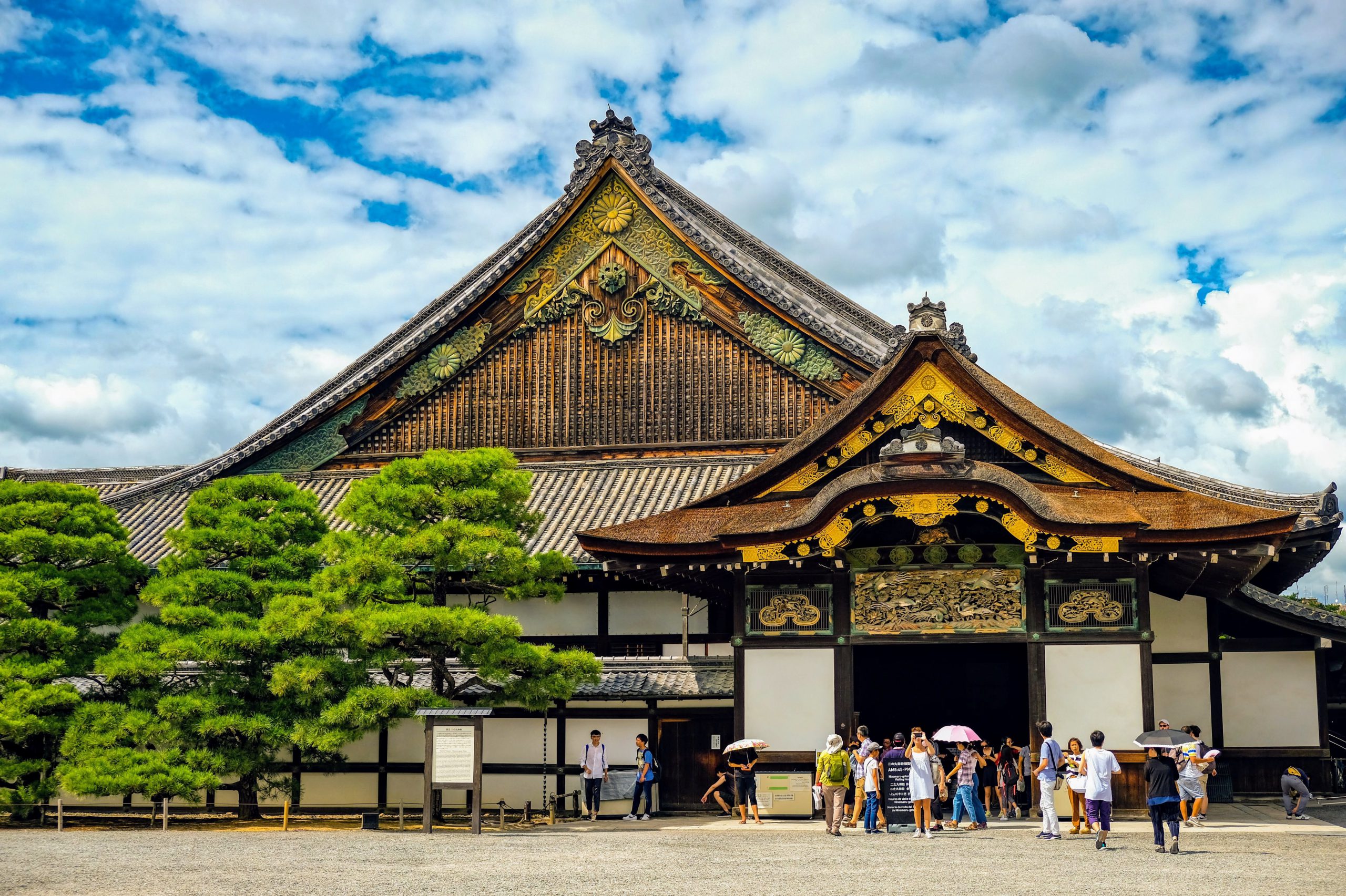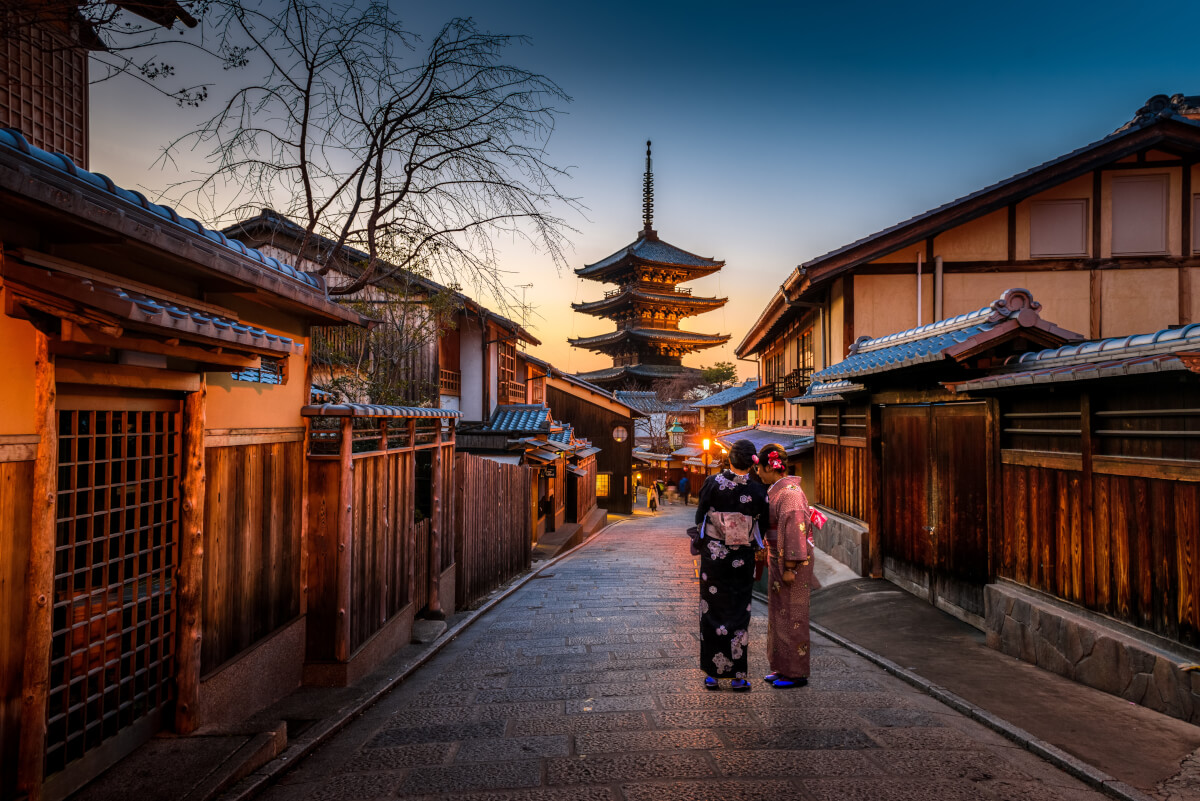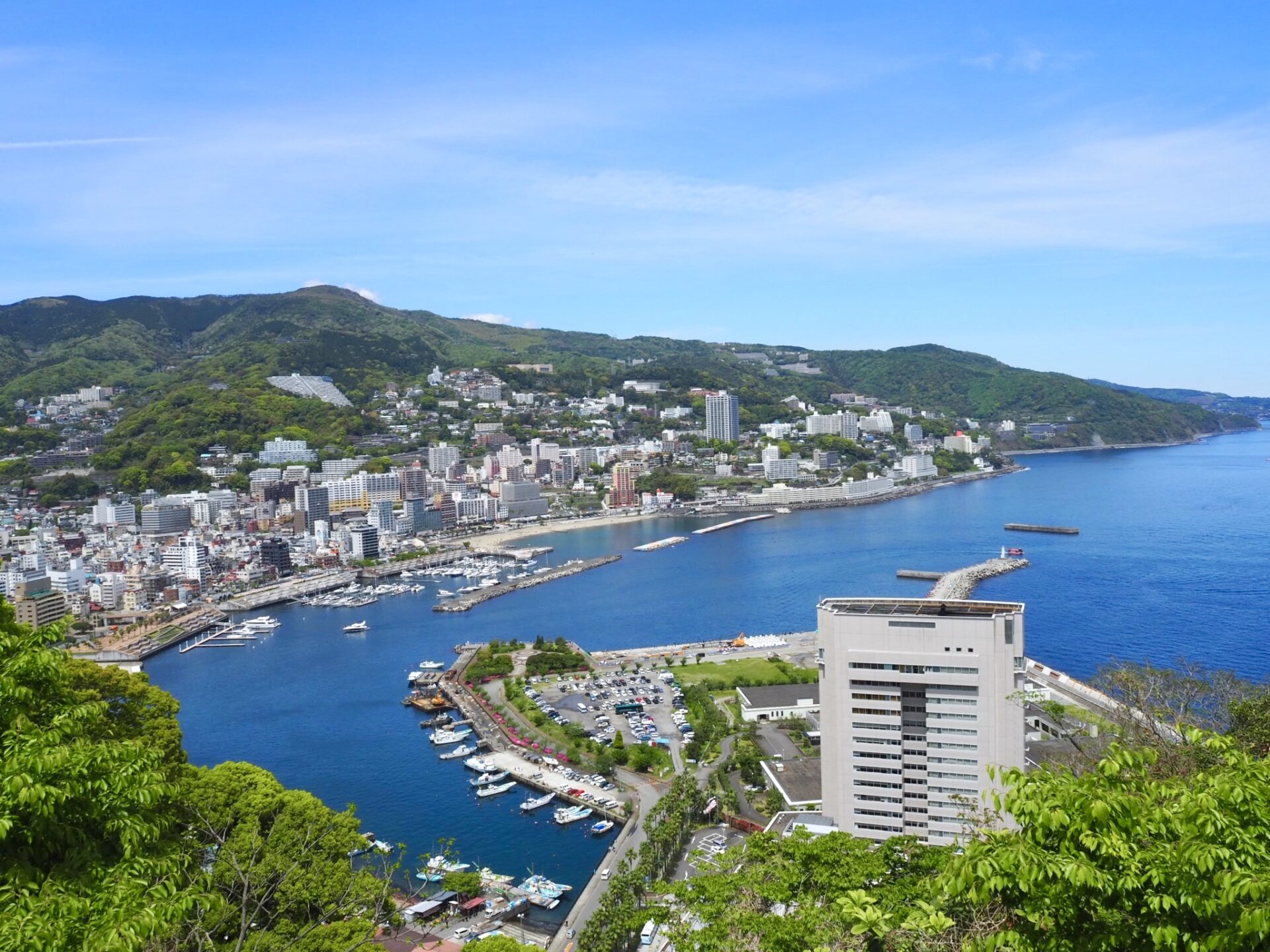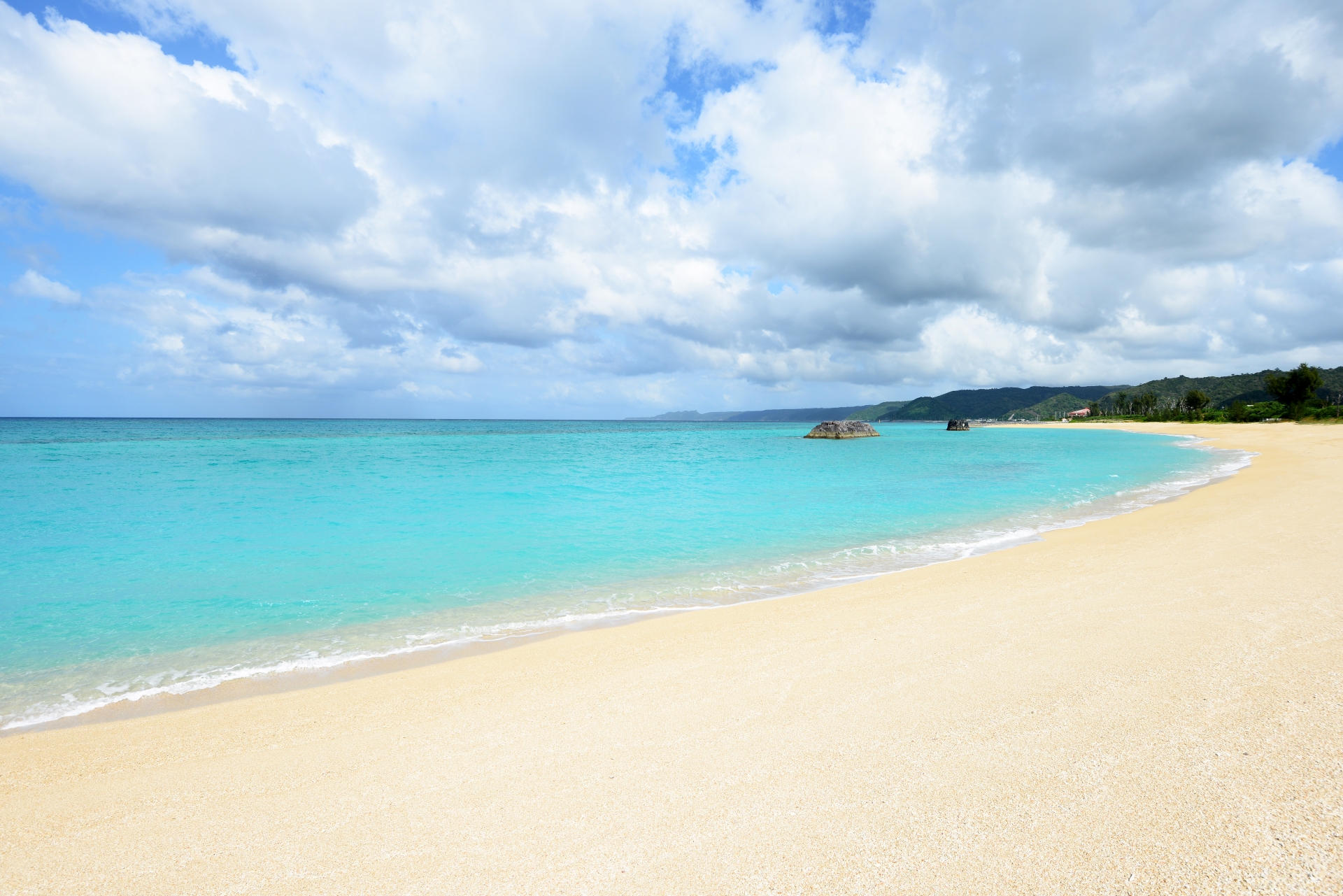Kyoto is so full of historical heritage sites that visitors are truly spoiled for choice. There are world-famous sites such as the Golden Pavilion and the Fushimi Inari Taisha, but Nijo Castle (二条城) should also not be missing from your Kyoto itinerary. Mostly built in 1603, the palace functioned as a second home for the Tokugawa shogun who stayed here when he visited Kyoto. Many of the beautiful original structures are still standing and visitors are welcome to have a close look at the structures, gardens, and painting gallery. Learn more about the history and everything else you need to know about Nijo Castle in Kyoto!
History of Nijo Castle
After winning a deciding battle in the power struggle that took place in Japan in the 16th century, Tokugawa Ieyasu became the shogun in 1603. A shogun can be compared to the leader of an all-powerful military, and a shogunate is a feudal system in Japan in which the military holds the true power instead of the Imperial Court.
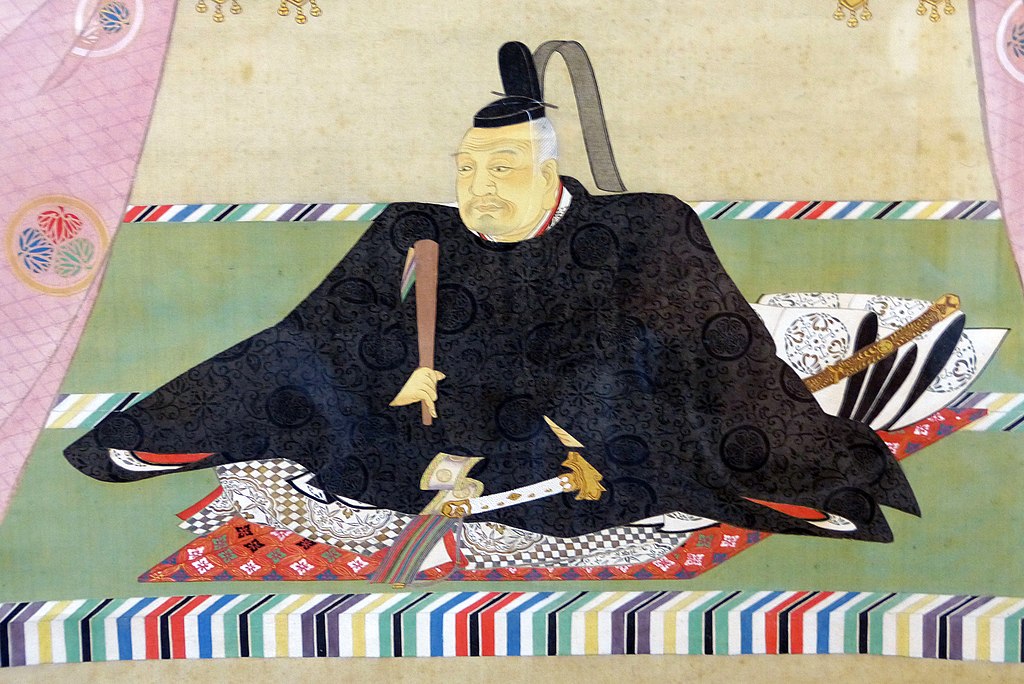
Of course, the new shogun started building his accommodation in new capital city Edo right away, but he also wanted a nice quarters in former capital city Kyoto, where he would still need to go often to upkeep the relationship with the Imperial Court.
This is why Nijo Castle was built in 1603, but the complete precinct was only finished by Ieyasu’s grandson Iemitsu in 1625. The people who helped fund the building of Nijo Castle were feudal lords who needed to show their loyalty by contributing to the building of the castle.
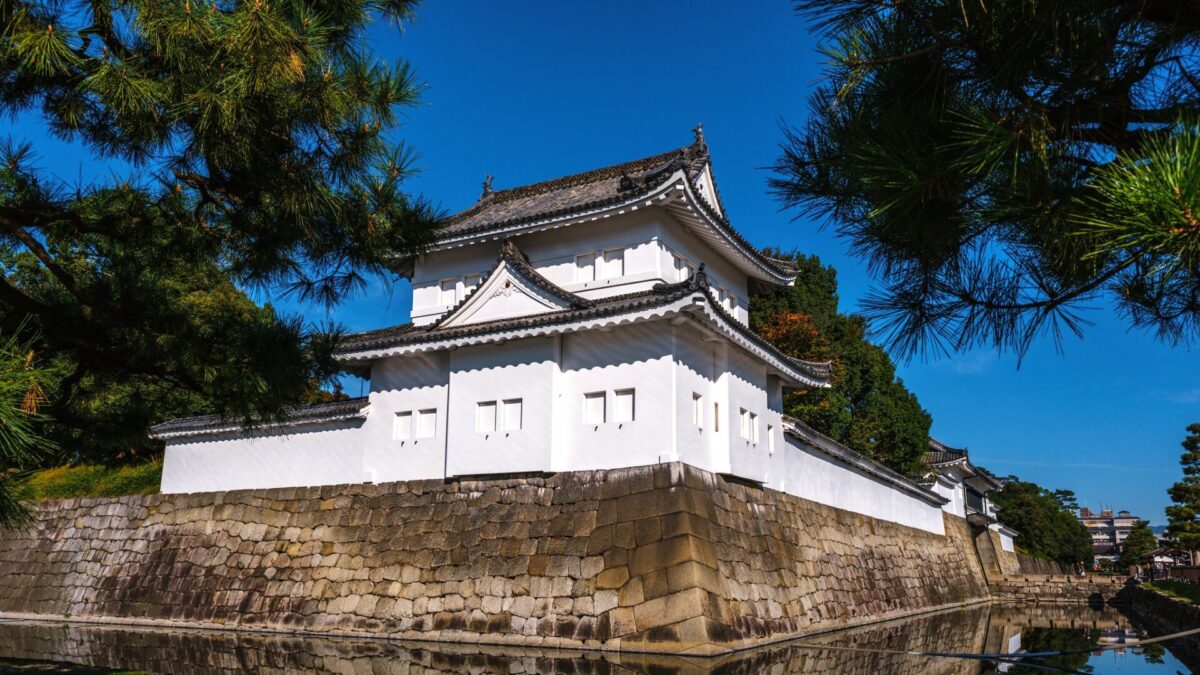
Nijo Castle had to represent the shogun’s prestige and power, so they spared no expense and built some gorgeous structures and gardens. Unfortunately, several buildings were destroyed by fire in the 18th century, in which the Honmaru Palace and the 5-story keep of the castle were lost.
These structures were never rebuilt. The building that stands in its place now was transferred from the Kyoto Imperial Palace after the shogunate fell in the 19th century. The official return of the power from the Tokugawa family back to the Imperial Court actually happened at Nijo Castle. In 1939, the castle was donated to Kyoto City, and soon its doors were opened to the public.
Now, let’s have a look at which highlights of Nijo Castle you don’t want to miss!
Karamon Gate
The entrance of the Nijo Castle is an impressive one; the elaborately decorated Karamon Gate has so many details that it is worth having a closer look at. The curved roof is typical of Japanese architecture of the time, and the wood carvings on top and on the ceiling are true works of art. You will see many people taking a picture in front of the Karamon as it is one of the famous symbols of Nijo Castle.
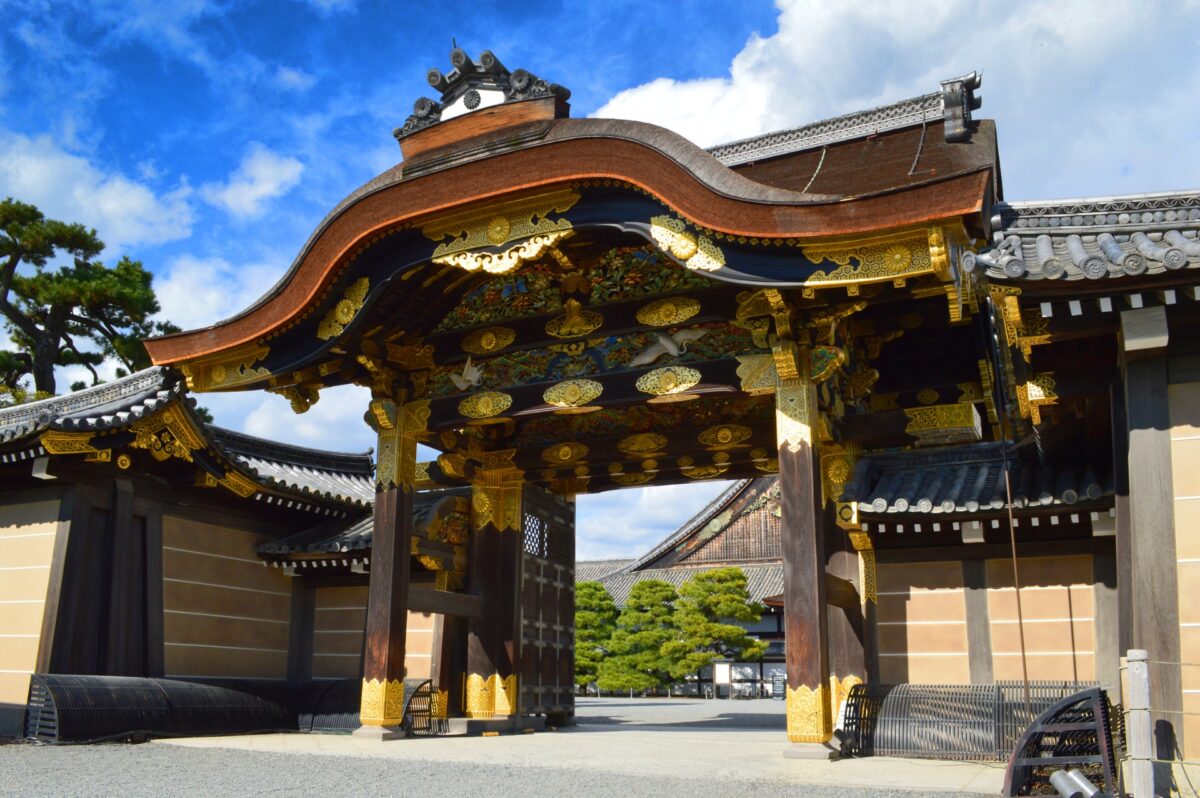
Ninomaru-goten and Ninomaru Garden
The Ninomaru-goten (Ninomaru Palace) and Ninomaru Garden are the main attractions of Nijo Castle. This palace was where the Tokugawa shoguns actually lived, and this is the place where he held his audiences. Mostly built with Hinoki cypress wood, the sliding doors and ceilings are beautifully decorated and many of the rooms have ample places to hide for the shogun’s bodyguards.

Another way the shogun was protected by the building itself, are the creaking floors that would warn him of any unseen intruders. The specially designed garden is centered around a pond and dotted with little islands and large stones.
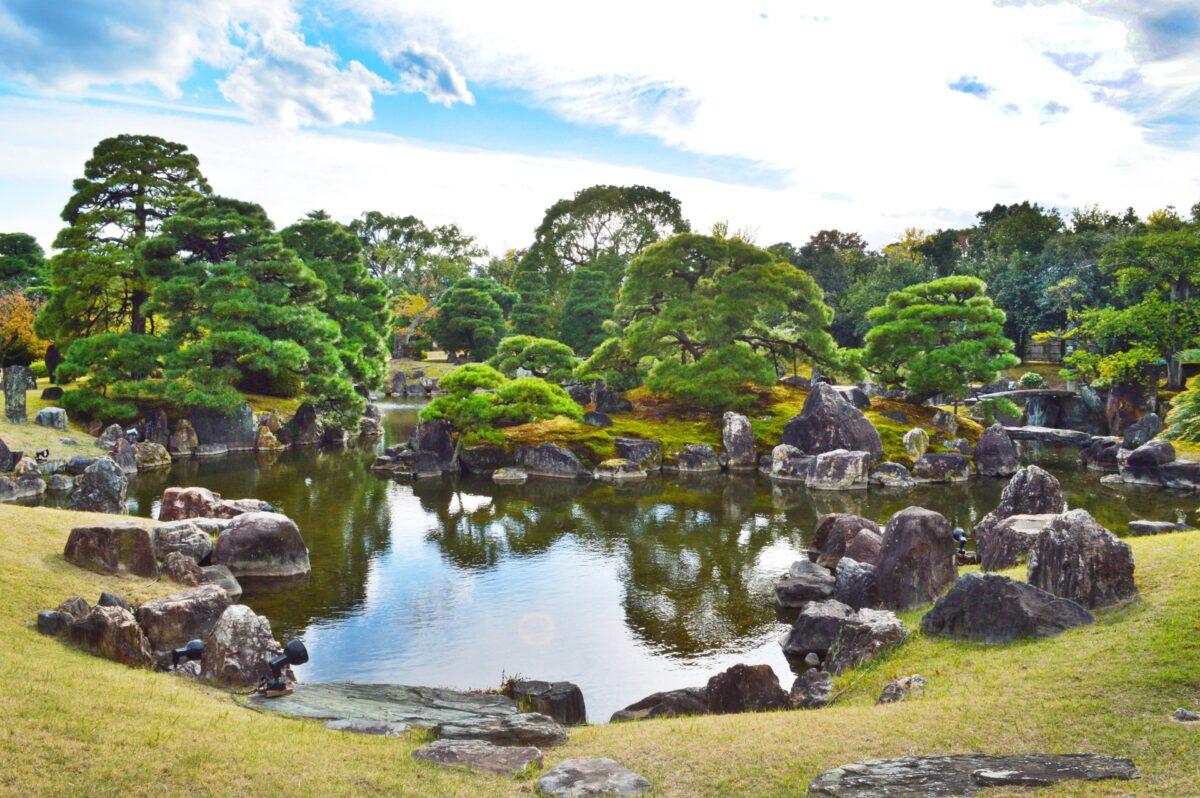
Honmaru-goten and Honmaru Garden
The Honmaru is Nijo Castle’s outer circle of defense which is where a second palace and the 5-story castle-keep were located. As mentioned before, both buildings were lost in a fire and only the palace was replaced. While the Honmaru’s palace is not usually open to the public, you can enjoy a stroll in the hill and grass garden and go up the still-standing foundation of the castle-keep to see the nice view.
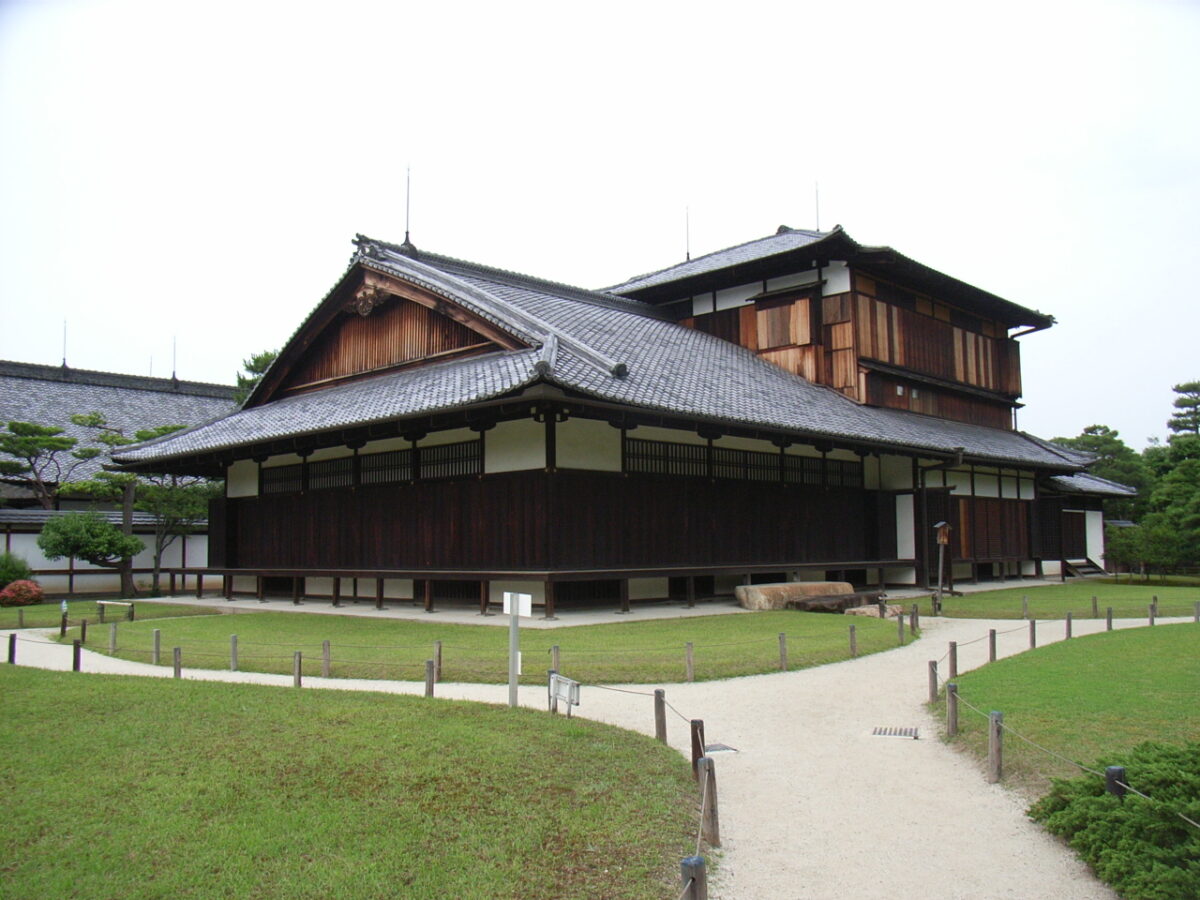
Seiryu Garden
The Seiryu Garden, a mix between a Western and Japanese style garden, was added to the grounds in 1965. It is used for receiving important guests to Kyoto and cultural events like tea ceremonies. There are two tea houses, specially placed stones, and a pond, but the main attraction of the garden are the seasonally blooming trees and flowers. It is especially recommended to visit the Seiryu Garden when the cherry blossoms are blooming around late March – early April.
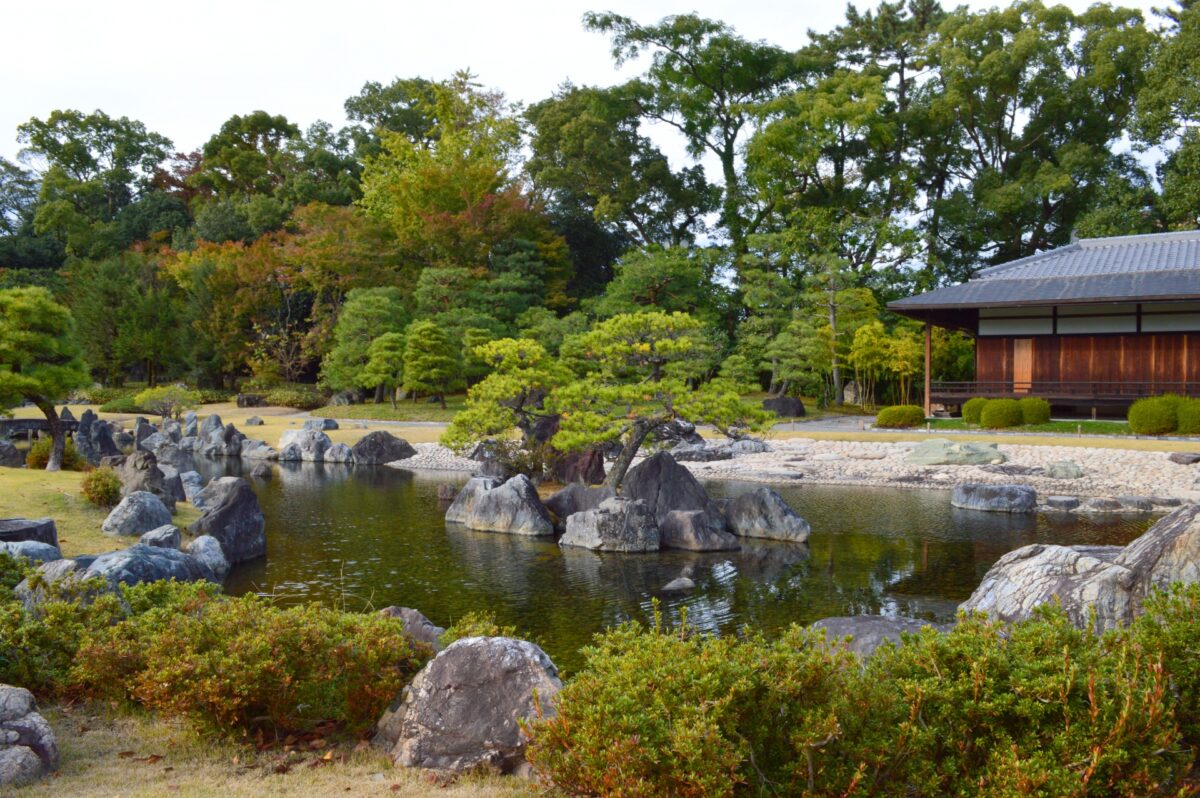
Nijo-jo Castle Painting Gallery
In order to protect Nijo Castle’s important original wall and sliding door paintings that were in the palace, they are displayed in the Nijo-jo Castle Painting gallery. The exhibition rotates with the seasons, so if you come here more than once, you will be able to see the different panels that are displayed throughout the year. They also display original ornaments and artifacts that have been found on the castle grounds.
Traveling in Kyoto
Why would you hire a private guide to go around Kyoto when you can also simply use Google Maps to find your way and read the signs at the tourist spots? There are several ways in which a local expert can add to your trip. Here are some of the most compelling reasons to book a guide in Kyoto:
- A private guide can plan the perfect itinerary to fit your interests and complement your other plans
- Hidden spots can be added to your itinerary
- Taking public transportation from place to place will be smooth and optimal, you will definitely not get lost
- You can eat in a local restaurant that the tourist crowds don’t know about
- No worries about language barriers
- Private guides are fun company
- An experienced guide can tell you more interesting stories than what is written on the English signs including stories about daily life and general culture in Japan
Japan Wonder Travel Tours in Kyoto
When you are visiting Kyoto and you need some help organizing your trip, you came to the right place. We’re happy to help you make your trip to Kyoto the best trip ever. We can advise you on where to go or even better, show you around with a local, English speaking guide. Let us help you create safe, comfortable, and unforgettable memories in Kyoto!
▶Kyoto 8h Private Custom Highlight Tour with Licensed Guide
On this full-day private tour of Kyoto, you will be able to see the highlights of Kyoto in just one day and at the same time develop a deeper understanding of both the culture of the area and Japan as a whole.

▶Meet a Geisha in Kyoto: Guided Walk in Gion and Enchanted Time with Maiko
Meet a Maiko, a geisha in Kyoto, and enjoy a walking tour in Gion, the geisha district. See an authentic Japanese tradition unfold before your eyes that has existed for hundreds of years. You’ll have chance to take a photo with Geisha!

▶Explore Nishiki Market: Food & Culture Walk
If you’re looking to learn more about the culture and the local cuisine of Kyoto, this is the perfect tour for you! Take part in this Kyoto food and drink tour and explore the 400-year-old market and the famous surrounding areas.
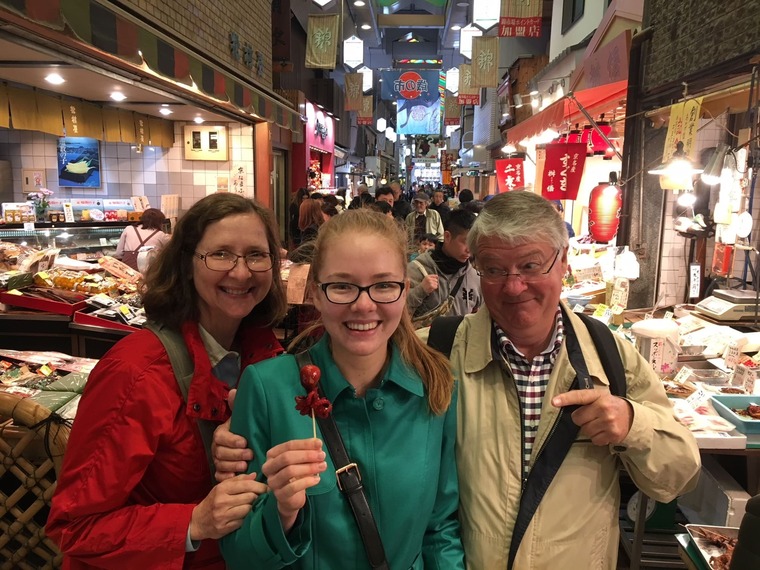
▶Kimono Experience
Kyoto is the best city to explore in kimono, Japanese traditional clothing. You can choose the one you like the most from several patterns and colors at the rental shop. In Kyoto, two locations are both accessible from the main tourist attractions which makes it easy to try it on and explore the city for a day!

Follow us on Instagram, Facebook and Twitter for more travel inspiration. Or tag us to get featured!
Happy traveling!
Other articles you might be interested in

Stefanie Akkerman moved from the Netherlands to Japan in 2013 with her Japanese husband and son. She jumped into the niche of Dutch tour guiding in Tokyo and Kamakura in 2015 and occasionally writes articles about all the great sights and activities Japan has to offer. She loves (Japanese) food, and to work that all off she goes diving, snorkeling, cycling, or hiking.
This post may contain some affiliate links. When you click through and make a purchase we may receive some commission, at no extra cost to you.
